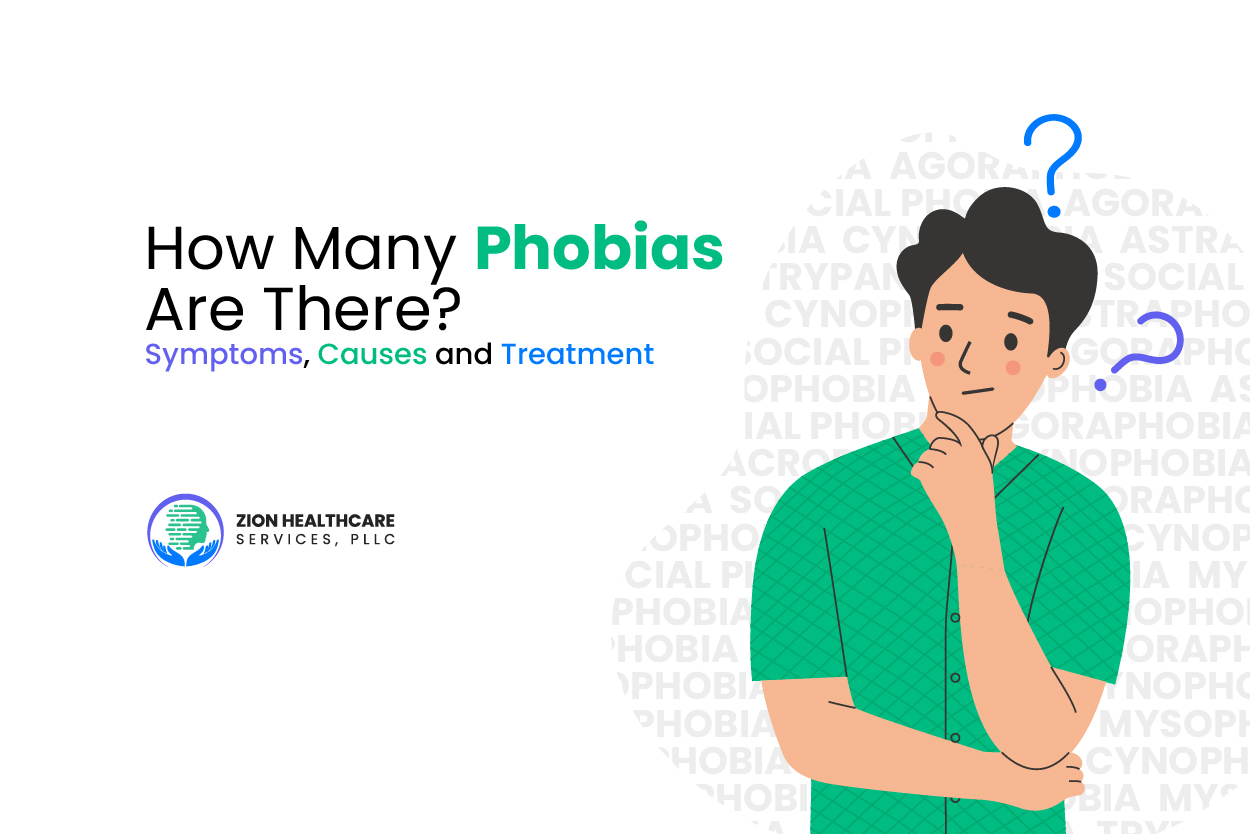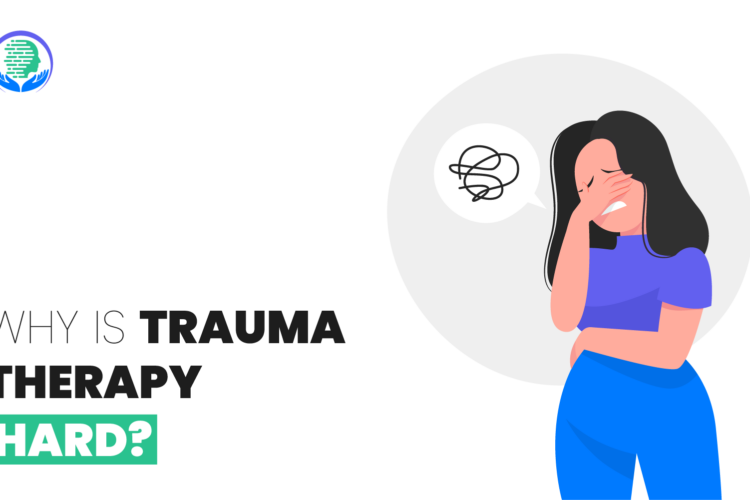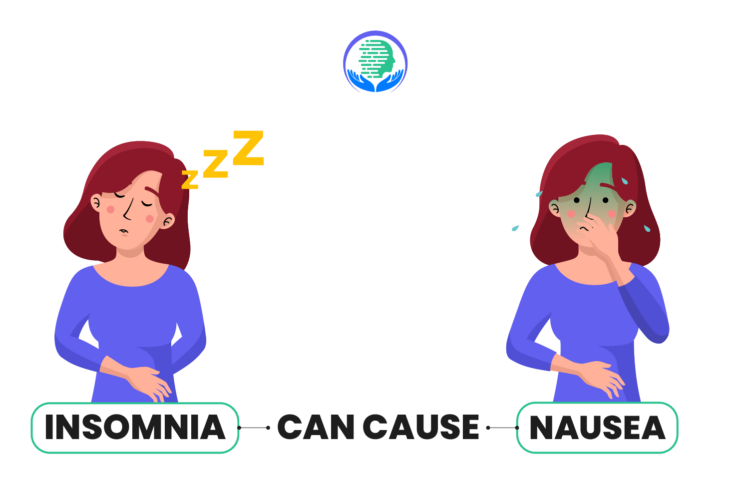
People are often affected by phobias that have nothing to do with fears.
A phobia can be compared to any dreaded occurrence that dominates your thoughts, eventually causing you to feel threatened.
Everyone has different phobias that they wish to escape from.
The question is, how many phobias are there? By reading on, you’ll learn everything you need to know about common phobias.
Hopefully, this will give you some useful insight.
Furthermore, if you or any of your family members are struggling with phobias, you can get in touch with Zion Healthcare Services.
What Is a Phobia?
Phobias are insistent and strong fears of a specific:
- Object.
- Person.
- Situation.
- Activity.
If you have a phobia, you may have intense anxiety and panic attacks when:
- You’re exposed to the thing or circumstance you are frightened of.
- You’re thinking about what terrifies you.
Studies suggest specific phobias impact 5-10% of the total US population.
This high prevalence rate highlights the importance of recognizing and treating these intense, irrational fears, which can adversely affect quality of life.
On average, someone dealing with a specific phobia may have up to three different fears at the same time.
Please feel free to contact us to get guidance regarding phobias.
Types of Phobias
How many phobias are there?
There are numerous phobias, and specific phobias fall within five general categories.
The main categories of specific phobias as defined by the DSM-5 are given:
- Animal phobias: Fears related to spiders, insects, dogs, snakes, etc.
- Natural environment phobias: Heights, darkness, storms, water.
- Blood-injection-injury phobias: Medical procedures, blood, injections, injury.
- Situational phobias: Confined spaces, flying, bridges, driving.
- Other phobias: Choking, loud sounds, vomiting.
The DSM-5 categorizes specific phobias into these five overarching categories so that they can encompass the enormous range of feared stimuli.
However, within each type, there exists an infinite number of potentially specific phobic objects or situations, highlighting how commonly these debilitating fears can occur.
Symptoms of Phobias
Phobias lead to physical, passionate, and interactive symptoms. Common symptoms consist of:
- Chills or hot flashes.
- Chest tightness or pain.
- Confusion.
- Dizziness.
- Choking sensations.
- Difficulty breathing.
- Increased blood pressure.
- Insomnia.
- Dry mouth.
- Nausea.
In addition to physical symptoms like increased heart rate and shaking, people with phobias often experience intense psychological distress.
Emotions like dread, a sense of impending doom, loss of control, and even the feeling that death is imminent are commonly felt when facing the feared stimulus.
The psychological symptoms generate such powerful anxiety that people avoid any situation where they might encounter the source of their phobia.
Causes of Phobias
A few risk factors that increase the risk of developing a phobia include genetics and traumatic experiences:
Genetics
People are more likely to develop phobias if a close family member also suffers from one or another anxiety disorder, highlighting a potential genetic component.
However, phobias can still affect those without a genetic familial link.
Traumatic Experiences
Experiencing a stressful or traumatic event has been associated with triggering the emergence of phobias in some cases.
For instance, being bitten by a dog as a child could result in a long-lasting fear of canines.
While the exact causes are still unknown, phobias likely stem from a complex interaction between biological predispositions and environmental experiences in a person’s life.
Thus, both genetics and adverse life events may contribute to heightened susceptibility.
How Many Phobias Are There? – A to Z List
| Name of phobias | Function |
| Achluophobia | Fear of darkness |
| Acrophobia | Fear of heights |
| Aerophobia | Fear of flying |
| Bacteriophobia | Fear of bacteria |
| Barophobia | Fear of gravity |
| Bathmophobia | Fear of stairs or steep slopes |
| Cacophobia | Fear of ugliness |
| Catagelophobia | Fear of being ridiculed |
| Catoptrophobia | Fear of mirrors |
| Dendrophobia | Fear of trees |
| Dentophobia | Fear of dentists |
| Domatophobia | Fear of houses |
| Emetophobia | Fear of vomiting |
| Entomophobia | Fear of insects |
| Ephebiphobia | Fear of teenagers |
| Gamophobia | Fear of marriage or commitment |
| Genuphobia | Fear of knees |
| Herpetophobia | Fear of reptiles |
| Hydrophobia | Fear of water |
| Iatrophobia | Fear of doctors |
| Insectophobia | Fear of insects |
| Koinoniphobia | Fear of rooms full of people |
| Leukophobia | Fear of the color white |
| Lilapsophobia | Fear of tornadoes and hurricanes |
| Mageirocophobia | Fear of cooking |
| Megalophobia | Fear of large things |
| Melanophobia | Fear of the color black |
| Necrophobia | Fear of death or dead things |
| Noctiphobia | Fear of the night |
| Octophobia | Fear of the number 8 |
| Ombrophobia | Fear of rain |
| Papyrophobia | Fear of paper |
| Paruresis | Fear of urinating in public places |
| Pathophobia | Fear of disease |
| Samhainophobia | Fear of halloween |
| Scolionophobia | Fear of school |
| Venustraphobia | Fear of beautiful women |
| Verminophobia | Fear of germs |
| Wiccaphobia | Fear of witches and witchcraft |
| Xenophobia | Fear of strangers or foreigners |
| Zoophobia | Fear of animals |
Treatment of Phobias
Phobias breed destruction and depression in your life.
However, phobias are treatable, and there are various treatment options. These are:
1. Exposure Therapy
There are a few primary exposure-based treatment approaches used for phobias:
- In vivo exposure involves direct, real-life exposure to the phobic stimulus gradually over time under the guidance of a therapist.
- Virtual exposure makes use of virtual reality technologies to systematically practice confronting phobic triggers in a controlled digital environment.
- Systematic desensitization is a process of gradually habituating patients to feared stimuli through repeated, hierarchy-based exposures until sensations of anxiety reduce.
Exposure therapies are considered the gold standard approach.
They work by having the person face their fear in small escalating steps to overcome avoidance behaviors and replace irrational fear responses with desensitization.
The therapy trains the brain not to associate the stimulus with danger.
2. Cognitive Behavioral Therapy
Cognitive behavioral therapy (CBT) is a commonly used treatment approach for phobias that involves both cognitive and behavioral techniques.
Learning to identify irrational or unhelpful negative thoughts (cognitions) that contribute to fears and anxiety about the phobic object or situation.
Similarly, fearful or worrisome thoughts with more rational, balanced perspectives through cognitive restructuring.
In addition, applying cognitive and behavioral strategies together to modify both thoughts and responses through techniques like relaxation and coping self-statements.
Hence, the overall goal of CBT is to address both the cognitive distortions and behaviors sustaining phobias by learning to intervene in thought processes and modify them.
This integrated approach can effectively treat both elements of the disorder.
3. Eye Movement Desensitization and Reprocessing
EMDR incorporates bilateral stimulation (like side-to-side eye movements or taps) during exposure to traumatic memories or fears.
This is thought to facilitate adaptive information processing of the disturbing material in a way that reduces associated negative emotions and physiological arousal.
While originally developed for PTSD, EMDR has shown effectiveness in reducing phobic fears when used as an adjunct to exposure therapy.
The client focuses on the phobic trigger while following therapist-guided bilateral stimulation, such as side-to-side eye movements.
EMDR can help accelerate habituation to feared stimuli and consolidate therapeutic gains, particularly for phobias with traumatic origins.
4. Medication
Selective serotonin reuptake inhibitors (SSRIs) are commonly prescribed as they can help reduce anxiety and fear responses.
SSRIs target serotonin, a neurotransmitter involved in mood regulation.
Beta-blockers like propranolol may be used around exposure therapy sessions to reduce physical symptoms of anxiety, such as rapid heartbeat and sweating.
This can help make exposures more effective.
Anti-anxiety medications in the benzodiazepine class, such as clonazepam, can provide short-term relief from severe phobic anxiety symptoms.
These are generally not intended for long-term use.
Medication alone is usually not sufficient to treat phobias.
It is often used as an adjunct to exposure therapy to help manage disruptive symptoms and improve response to psychotherapy.
Final Thoughts
How many phobias are there? The above list contains the phobias starting with A and ending with Z.
The phobias mentioned above might be helpful to you in figuring out which phobia you are coping with.
The list of phobias will help you determine which treatment is best for you.
To get professional assistance and guidance, you can visit Zion Healthcare Services.
Let us help you overcome your phobias and improve your quality of life.
FAQs
What are the 5 biggest phobias?
The five biggest fears or phobias can be:
- Acrophobia: Fear of heights.
- Thanatophobia: Fear of death.
- Astraphobia: Fear of thunder and lightning.
- Ophidiophobia: Fear of snakes.
- Claustrophobia: Fear of confined spaces.
What is the most rare phobias?
The most common phobias among the people are;
- Hoplophobia: Fear of firearms.
- Mysophobia: Fear of germs or dirt.
- Pediophobia: Fear of dolls.
- Xanthophobia: Fear of the color yellow.
What is chromophobia?
Chromophobia is the fear of or a strong aversion to certain colors.
It involves feeling anxious or uncomfortable when exposed to specific hues.
What is the longest phobia?
The longest phobia name is hippopotomonstrosesquippedaliophobia, which is the fear of long words.
It derives from the Greek word for “hippopotamus” combined with other Greek and Latin suffixes.
What are the 3 human fears?
The three most common and basic human fears are:
- Fear of loud noises (Bombophobia).
- Fear of heights (Acrophobia).
- Fear of enclosed spaces (Claustrophobia)


